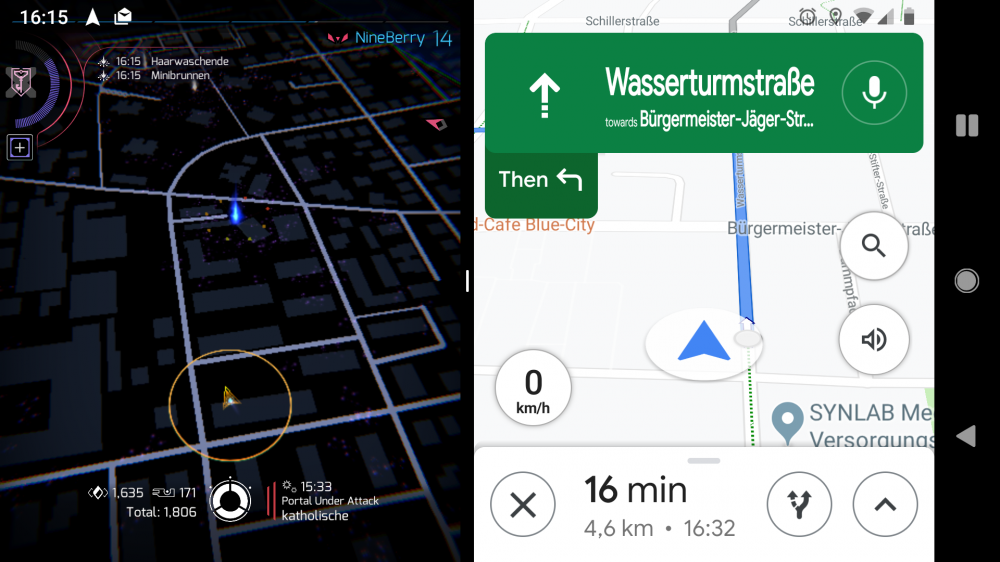When using Office programs with Windows, there are two ways to copy the contents of what you see on your screen (commonly referred to as a 'screen shot' or 'screen capture'). You can use the Snipping Tool or the PRINT SCREEN key.
Using the Snipping Tool
The Windows Snipping Tool captures all or part of your PC screen. After you capture a snip, it's automatically copied to the Snipping Tool window. From there you can edit, save, or share the snip.
For details and instructions, see Use Snipping Tool to capture screenshots.
On the Settings screen, click Personalization. In the Personalization window, select the 'Lock screen' tab and then on the Background drop-down menu, choose 'Windows spotlight.' When you first turn on Spotlight, it will take a few restarts (or returns to the lock screen) to build up some images in your cache. Using the PRINT SCREEN key Pressing PRINT SCREEN captures an image of your entire screen and copies it to the Clipboard in your computer's memory. You can then paste (CTRL+V) the image into a document, email message, or other file. Where is the PRINT SCREEN button? Then restart screen. Now, when you select something in screencopy/scrollback mode, and write paste buffer to a file with C-a, you can move to the browser and paste the content of the clipboard as usual (for example with Ctrl-V). Change the file name used for reading and writing with the paste buffer. If the optional argument to the 'bufferfile' command is omitted, the default setting ('/tmp/screen- exchange') is reactivated. The following example will paste the system's password file into the screen window (using the paste buffer, where a copy remains). Change the filename used for reading and writing with the paste buffer. To the default of `/tmp/screen-exchange'. The following example will paste the system's password file into the screen window (using the paste buffer, where a copy remains).
Using the PRINT SCREEN key
Screen Paste Buffer Software
Pressing PRINT SCREEN captures an image of your entire screen and copies it to the Clipboard in your computer's memory. You can then paste (CTRL+V) the image into a document, email message, or other file. Sandisk extreme format.
Where is the PRINT SCREEN button?
The PRINT SCREEN key is usually located in the upper right corner of your keyboard. The key looks similar to the following:
The text you see on your keyboard might be PrtSc, PrtScn, or PrntScrn. The other text on the Print Screen key is usually SysRq.
Copy only the image of the active window
The active window is the window that you are currently working in. Only one window can be active at a time.
Paste Buffer Windows 10
Click the window that you want to copy.
Press ALT+PRINT SCREEN.
Paste (CTRL+V) the image into an Office program or other application.
Copy the entire image on the screen

Open everything you want to copy and position it the way you want.
Press PRINT SCREEN.
Paste (CTRL+V) the image into an Office program or other application.
Modify the image
Paste (CTRL+V) the image into a drawing application, such as Microsoft Paint, and by using the tools available in your drawing application, you can add circles around text or images you want to highlight or crop anything that you don't want to appear in the image.
For more complex modifications, it is recommended that you use the Snipping Tool to capture your screen shot.

